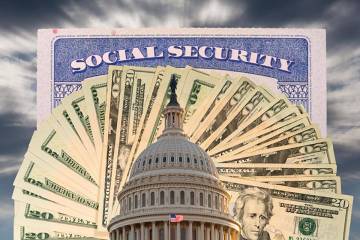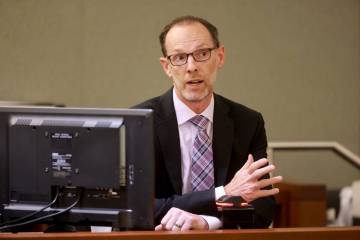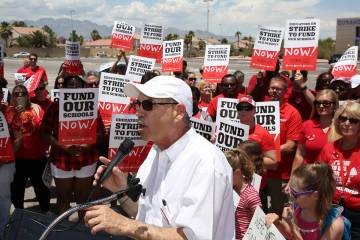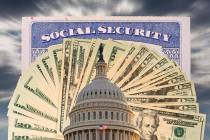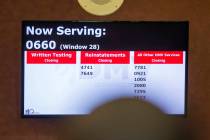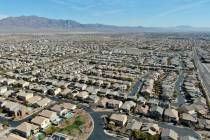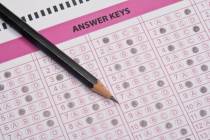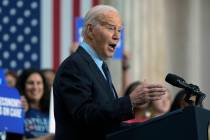EDITORIAL: School districts finding fewer students on campus
The educational disaster wrought by coronavirus school shutdowns has one potential bright spot: Many parents now realize that the public school quasi-monopoly is not the only game in town.
The Associated Press reported this week that public school enrollment has yet to recover in many school districts, forcing public school systems to slash costs despite generous federal pandemic relief payouts.
“Where did those kids go?” a deputy school superintendent in a suburban Kansas City district asked. “Where are they? They didn’t come back this year. That’s what’s laying on that additional reduction in our funding.”
The insistence by the nation’s powerful teachers unions that campuses remain closed even after it was clear the virus presented little danger to children and that schools were not COVID hot spots was a calamity for student achievement. It also angered many parents and, so far, has proved a boon to the home-schooling movement and school choice supporters.
That certainly appears to have happened in Clark County. Before the pandemic, district enrollment topped 320,000. In December, the district revised its enrollment estimate to under 303,000 for the current school year. Large districts around the country have seen similar drops.
In California, “K-12 enrollment has fallen sharply again this year,” Edsource.org reported last month, “by an additional 110,300 students, pushing total public school enrollment in California below 6 million for the first time since 1999-2000.” Houston, the largest district in Texas, lost more than 10 percent of its students last fall and only about half have since returned, the AP analysis found. Despite the state’s healthy population growth, Arizona’s public school enrollment is about 1.6 percent below its pre-pandemic levels, according to the Arizona Republic.
With public school budgets tied to enrollment, many district leaders now decry potential budget cuts. They ought to see this as an opportunity to reconnect with parents and to upgrade the service they provide. That’s how competition works to improve outcomes, while monopolies do the opposite. As parents explore other options, public schools have added incentives to get better.
“If your revenue is generated based on who shows up,” Jannelle Kubinec, chief administrative officer for the education nonprofit WestEd, told Stephanie Hughes, a reporter at Marketplace, “you also have to be responsive to, how do we continue to be a place that people want to come to?”
Exactly. Wise public school leaders will recognize this reality. Instead of fearing competition, they’ll embrace it. “Because, in some ways, public schools are like businesses,” Mr. Hughes wrote. “Post-pandemic, more of their customers are choosing other options.”




